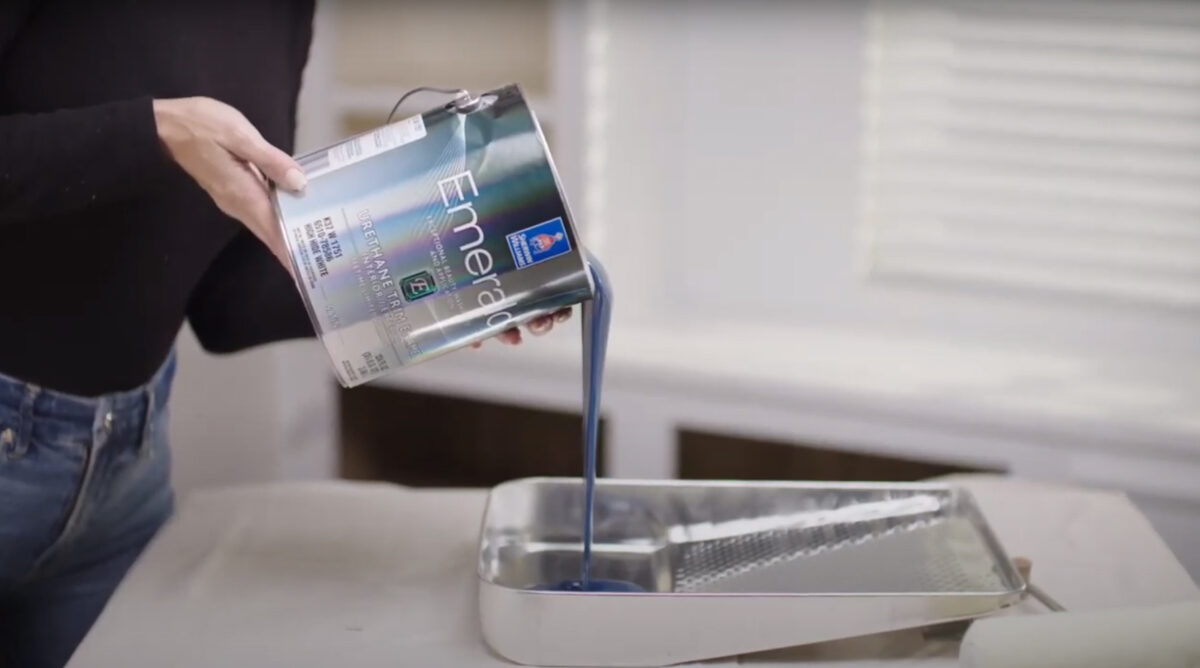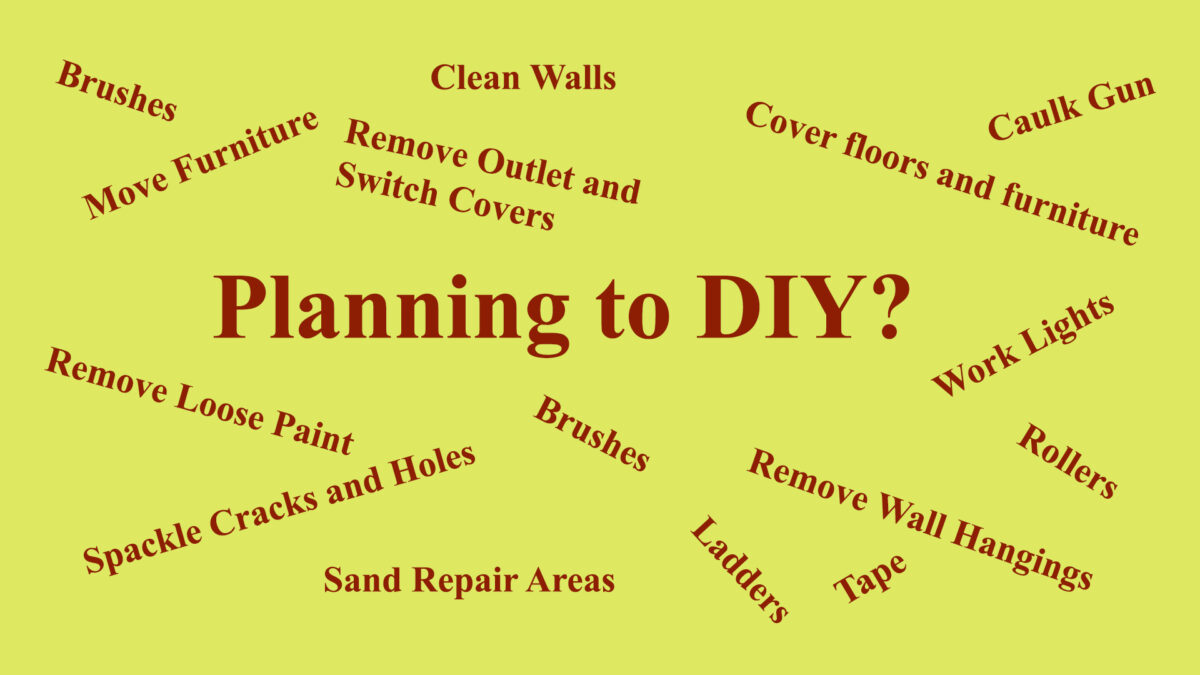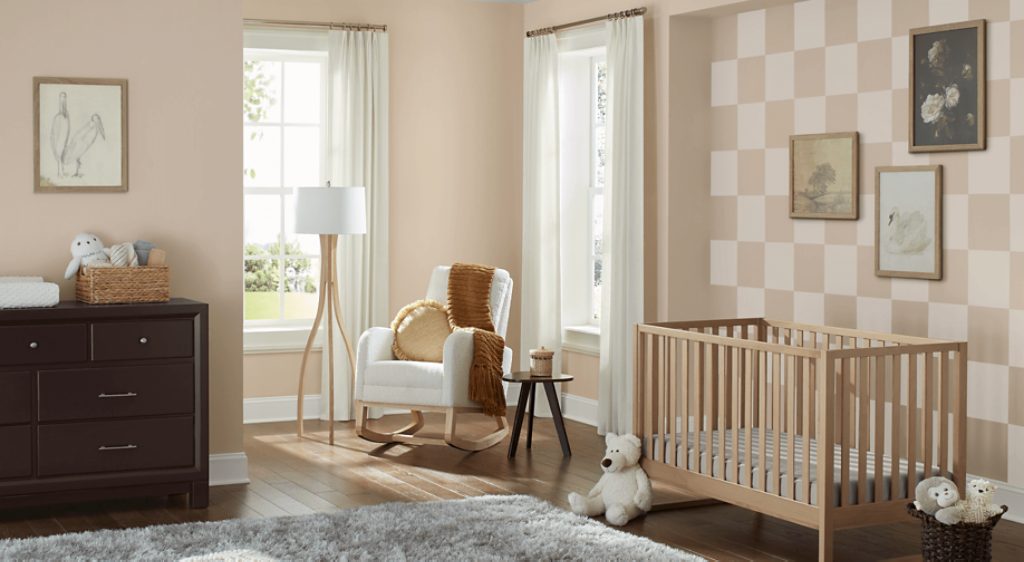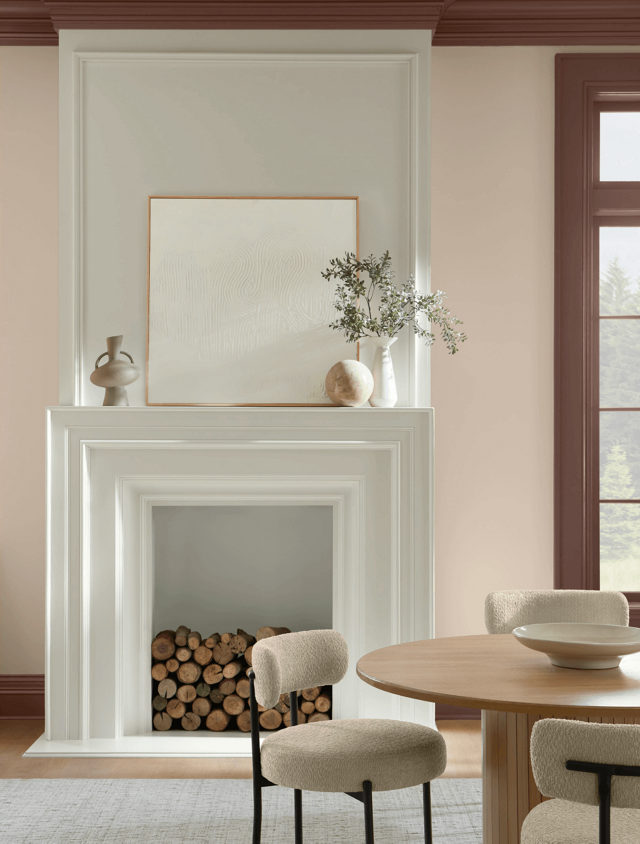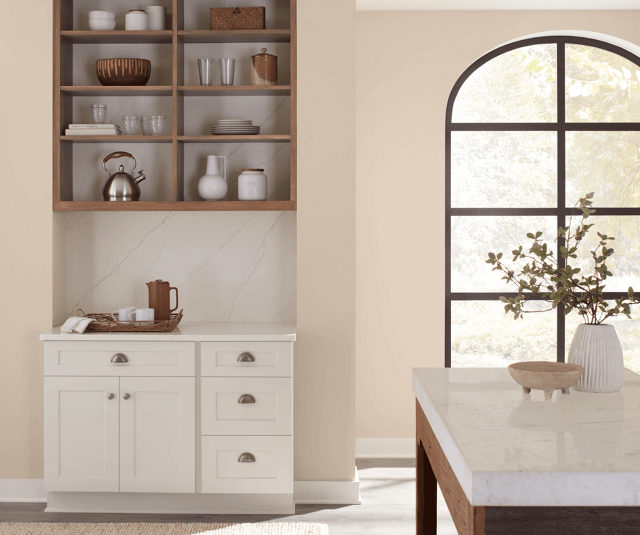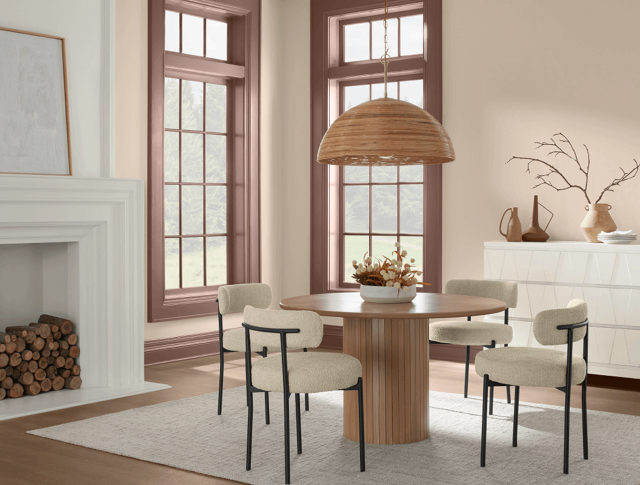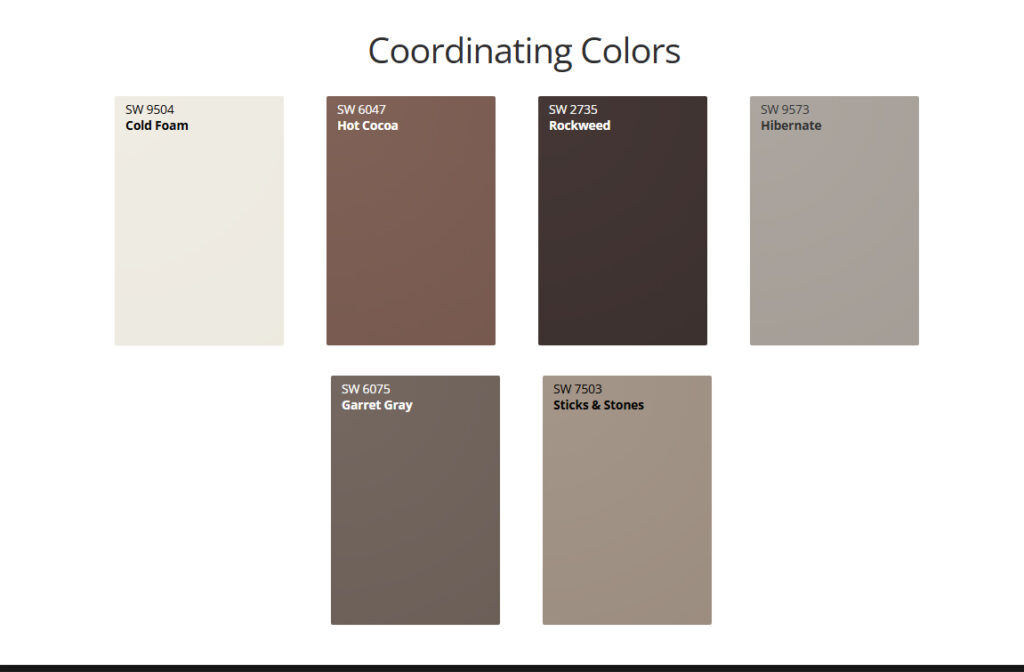Quality paint costs more. Is it really worth it? There are a number of benefits that come with using a good quality paint.
1. Durability and Longevity:
Quality paint lasts longer. It can withstand exposure to the elements, it is formulated to withstand UV exposure, resist mildew and to retain its adhesion. This means less frequent repainting, which really saves you a lot in the long run.
2. Better Coverage:
High-quality paints tend to have better coverage, meaning fewer coats are needed to achieve a smooth, even finish. This not only saves paint but also reduces the labor involved.
3. Enhanced Aesthetics:
The finish of high-quality paint is typically superior, offering a more vibrant and consistent color. It just looks better.
4. Easier Application:
High-quality paints often have better flow and leveling properties, making them easier to apply. This means less frustration and a more professional-looking result, even if you’re a DIY enthusiast.
5. Resistance to Common Issues:
Quality paints are formulated to resist issues like mildew, mold, and fading from UV rays, ensuring that your walls stay beautiful and protected for longer.
6. Health and Environmental Benefits:
Many high-quality paints have lower VOC (volatile organic compounds) levels, making them a healthier choice for your home and the environment.
In the end, investing in quality paint can actually save you money, time, and effort, while also providing a better finish that lasts longer.
Quality paint promotes our company motto, Do it right the first time! Call the doctor for a quality application of your quality paint 541-497-3804

